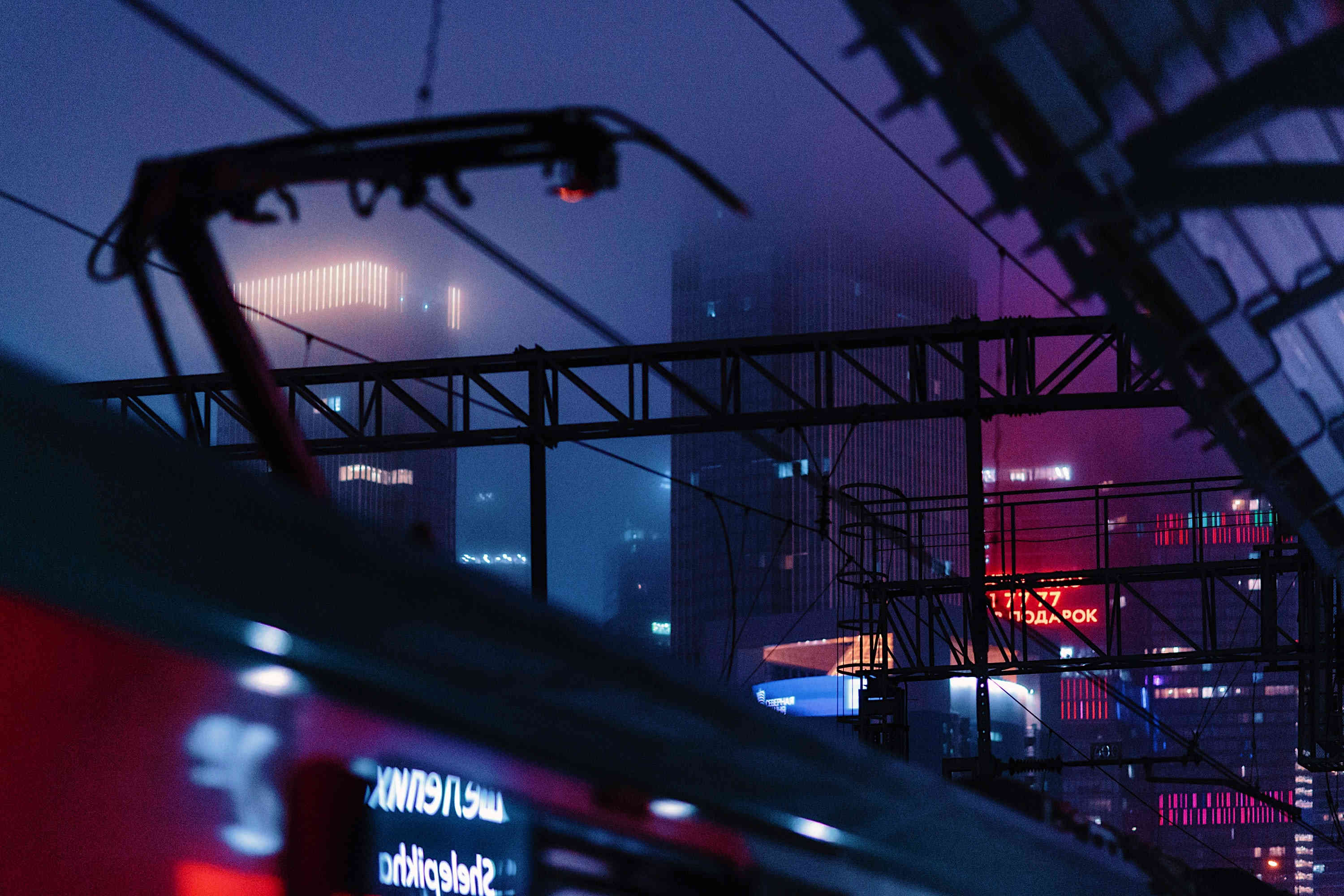What`s the buzz?
Today, we will be having a conversation with Basile Filatov, the founder of SoundDesigner.PRO, composer, and sound designer. We will delve into the topic of sounds in the city, what they encompass, and the significance of incorporating sound into both residential and public spaces.
Different people attribute different meanings to the term "soundscape." For instance, Microsoft's soundscape refers to a system designed to aid individuals with disabilities in navigation. In music, a soundscape represents atmospheric sounds characterized by slowly evolving textures. While some individuals associate soundscape with the sounds of nature, such as bird songs or crackling campfires, it actually encompasses a much broader range. In essence, soundscape refers to everything that surrounds us. For instance, when you wake up in the morning with an open window, you hear the sounds of the city. Similarly, even with the windows closed, the sound of a fan or a dripping faucet constitutes your current soundscape.
Cities like Tokyo or New York City are known for their bustling and noisy soundscapes. We find ourselves in acoustically challenging environments. When it comes to generative music or soundscape, our aim is to enhance the quality of human life by addressing several objectives. Firstly, we strive to reduce noise levels, which involves transitioning to electric transport and improving road infrastructure. Every aspect contributes, from the materials used in constructing buildings to the surfaces within rooms and the arrangement of objects. Secondly, we focus on customizing the soundscape of various settings where individuals reside or spend their time. Whether at home or in the office, people have different tasks and goals. At home, for instance, individuals seek relaxation, and if the soundscape can help alleviate stress, it is beneficial. We are rapidly approaching this goal.
While many urban businesses have yet to feel responsible towards their residents and consumers in terms of soundscapes, some developers have begun taking tentative steps in the right direction. At SoundDesigner.PRO studio, we are always pleased to assist them in progressing in this area. The issues of quality, tranquility, and enhancing lives to make them more comfortable are crucial. We are excited to contribute to the development of technology at the Sound Design Institute, particularly the SonoTheater.
What projects is SoundDesigner.PRO currently involved in within this domain?
We are primarily engaged in generative sound design, aiming to create an environment where individuals can feel better and achieve their goals more effortlessly. The sound design of each home can be unique and tailored, featuring sounds of nature like the wind or ocean, among others.
When it comes to office spaces, the quality of implementation greatly depends on the expertise and professionalism of the sound designer or audio programmer. While the noise of the wind or crackling campfires can be found in the libraries of every film sound engineer, an important aspect to consider is how a particular sound evokes feelings of comfort and warmth, as opposed to triggering aggression or negative emotions. An illustrative example is Google Assistant, which generated a pleasant fan sound by utilizing a sound from a library of horror films from the 70s. This highlights that even large companies have room for improvement in this area.
Now, let's discuss the fact that audio installations and experimental projects of this nature often rely on sound libraries created by other individuals. At SoundDesigner.PRO, we meticulously curate each sound, listening to them repeatedly, with a focus on ensuring they are pleasing to the listener.
Where can one experience the creations of the Institute and SoundDesigner.PRO studio?
You can currently explore our developments at the Coworkstation spaces. This serves as our experimental platform where we have chosen to showcase our innovations.
